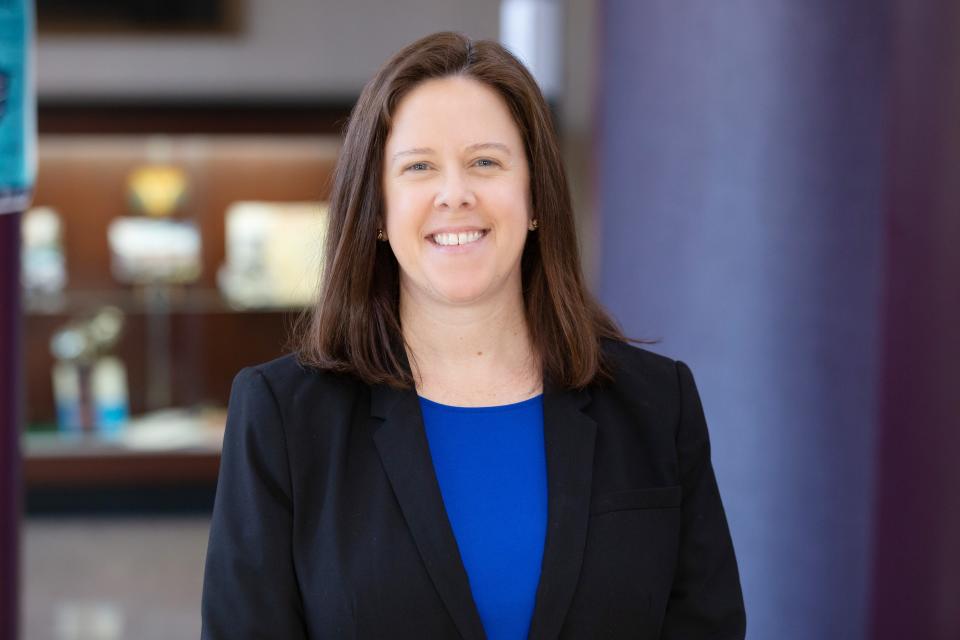It's Your Business: Community task force targets climate risks, vulnerabilities
As I prepare for yet another possible tornado this evening, I’m comparing the summer of 2023 to the summer of 2001 when I first moved to Bloomington. They feel very different to me for many reasons. Sure, we had hot and humid days, thunderstorms and occasional tornadoes back then, but the frequency and intensity of strong storms and high heat these days is changing my relationship with our environment. Before this summer, I had never experienced poor air quality due to wildfires nor had I ever seen the aftermath of a “derecho,” which is a burst of extremely high winds. Our heat index peaked at 110 degrees recently and the outdoors was the last place I wanted to be despite my love of being in nature. All of these things are adding up to fewer enjoyable summer days for me, my family and community.
We are experiencing the effects of climate change just like every other city on our warming planet. Climate risks and vulnerabilities effect almost every aspect of our lives such as increased risks to our health from heat-related illnesses; decreased wages and revenues due to power outages at local businesses; and increased risks to our city’s infrastructure from flooding.
With all of these climate risks and vulnerabilities which ones should be given the highest priority, why is one more important than the other, and who decides? To help find answers to these questions I recently hosted Bloomington’s first Climate Resilience Community Workshop. Twelve task force members from across our community helped to prepare for and invite guests to the event. Climate risks and vulnerabilities were divided into eight sectors such as local economy, low-income populations, natural systems, etc. Attendees spent the day prioritizing climate risks and vulnerabilities from within their sector and then across all sectors based on a set of specific criteria.
At our next workshop, attendees will work together to develop targeted adaptive strategies designed to help protect the specific infrastructure, populations, areas, etc., determined to be the most vulnerable to climate change. Examples of adaptive strategies include planting trees to create cool corridors; providing climate resilient hubs to be used as disaster recovery centers and as cooling centers during heat waves; and installing green infrastructure to reduce flooding. All of the information gathered during the workshops will be published in a Climate Resilience Plan next year. This plan will help us to pursue local, state and federal funding to implement these important adaptive strategies that help protect our most vulnerable residents and assets from the impacts of climate change.
I didn’t think much about the weather 20 years ago nor was it a top story on the evening news almost every night. Now it is on my mind once again as I batten down the hatches, hope that my power stays on through the night, and think of those in our community who are most vulnerable to our “new normal of abnormal weather” as stated by one of our workshop speakers, Gabe Filippelli, executive director of the Indiana University Environmental Resilience Institute.
If you would like to provide input into our community’s climate risks and vulnerabilities, please fill out this online survey: https://polco.us/se58d9.

Shawn Miya is assistant director of sustainability with Bloomington's Economic and Sustainable Development Department.
This article originally appeared on The Herald-Times: Bloomington task force targets climate risks, vulnerabilities

